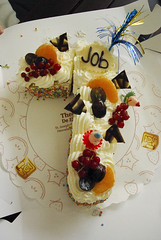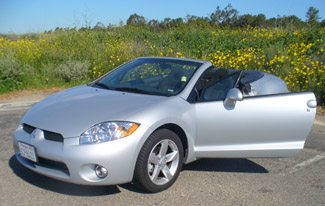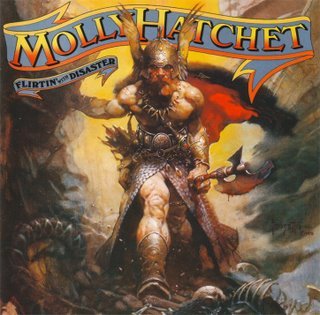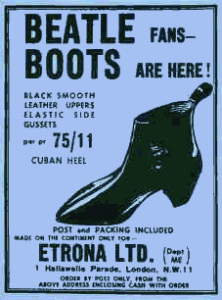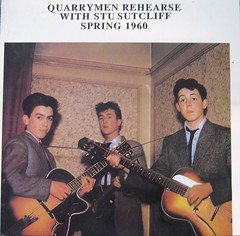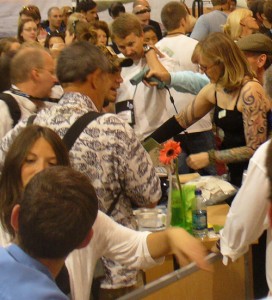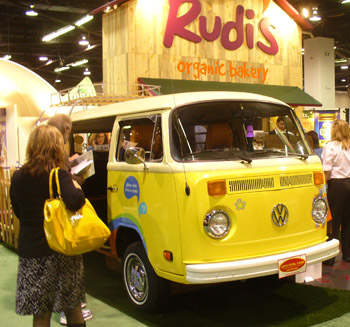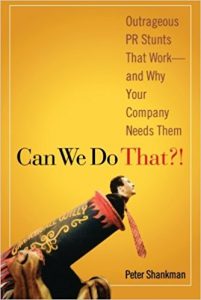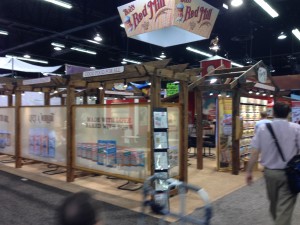What Gets You Noticed at a Tradeshow?
After walking the floor of many a chaotic tradeshow, I’m always interested (and somewhat amused) by what catches my eye. And what doesn’t.
So what works to bring ’em in? What is like honey to the fly?
Here, in no particular order, are several things that made me stop and take a look at a product or service:
- demonstrations: a professional presenter with a 5-7 minute presentation can do wonders for a tradeshow exhibit
- eye candy: this can be large colorful graphics, something moving (rotating or spinning graphics/wheels/etc), booth babes, anything that says “STOP! LOOK! NOW!” Admittedly, the booth babes drew my eyes but rarely connect me to an actual product!
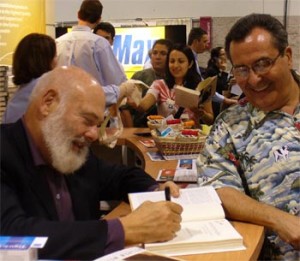
celebrity:
whether it’s Muriel Hemingway or Dr. Andrew Weil or anyone else that catches an eye, a celebrity gives your booth credibility and power – at least to a certain amount of the audience.- unusual product: a new or unusual product, even in a lousy-looking booth, can be enough to draw me in.
- unusual booth design: a stellar, spare, unusual booth design is a very attractive piece. If it’s unusual enough it’ll have people stopping regardless of the product. Again, the product has to be worth the attention or the booth design fails. But with the right combination, POW!
- giveaways or free samples: a typical giveaway gets me to stop for a heartbeat. A cool/unusual/clever giveaway that ties in with the product gets me thinking. If it’s damn yummy I will come back for more and figure out where to buy the product when I get home.
- smile: a pleasant smile and non-threatening greeting from a booth staffer does wonders in getting people to stop and examine your offerings.
- action in the booth: video or audio interviews draw a crowd. A simple camera/microphone set-up makes people curious. Curiosity helps draw a crowd.
The initial goal of your booth is to get a visitor to stop. Once they’ve stopped, they’ve mentally committed at least a smidgen of time to your offerings. From that moment, it’s up to your (highly trained) booth staff to positively engage them, qualify or disqualify them, grab contact info if interested and move them into the sales funnel.
Easy, right?


